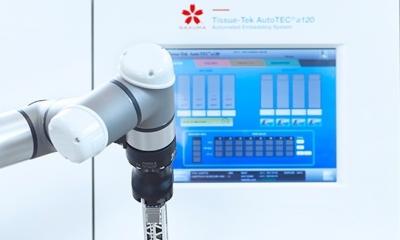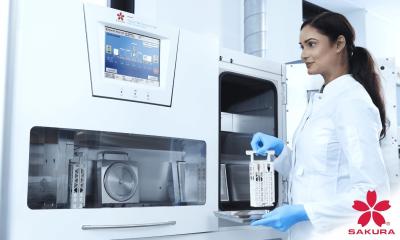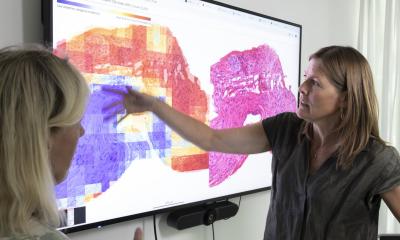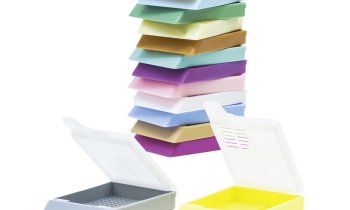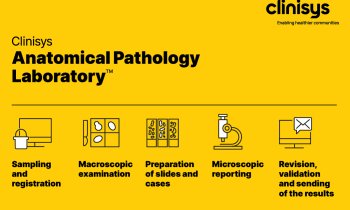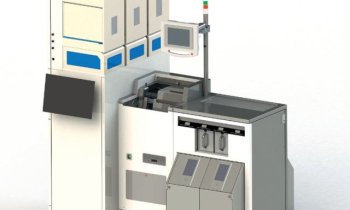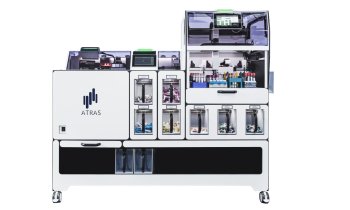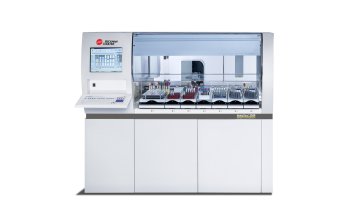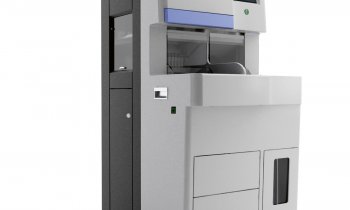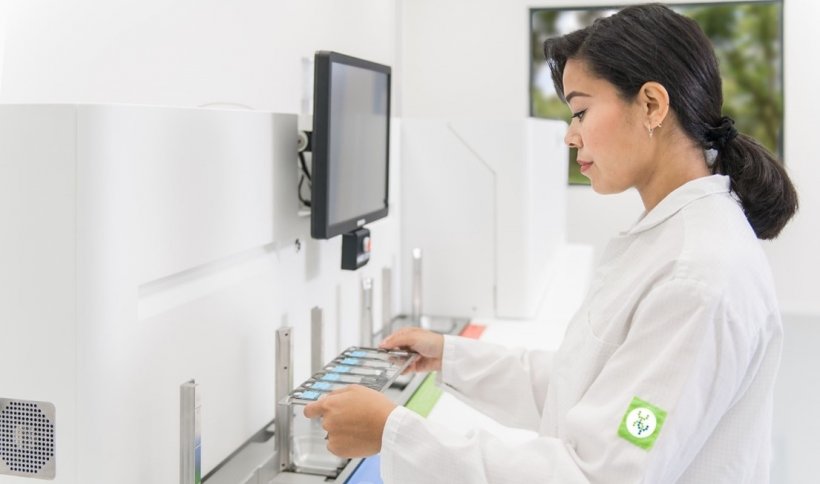
Image source: Xyall
News • Tissue dissection
World‘s first automated high throughput tissector launched
Molecular pathology company Xyall BV launches its Tissector High Throughput (HT) system for precision diagnostics.
This is a world first – enabling high volume, molecular diagnostic laboratories to capitalize commercially on the company’s automated tissue dissection technology. “Xyall has already won contracts for order-to-built systems from two of the largest laboratories in the US, with high levels of interest from other molecular diagnostic laboratories requiring industrial-sized platforms,” said Guido Du Pree, Xyall’s CEO. “The first system is now completing its final test run before being shipped out.”
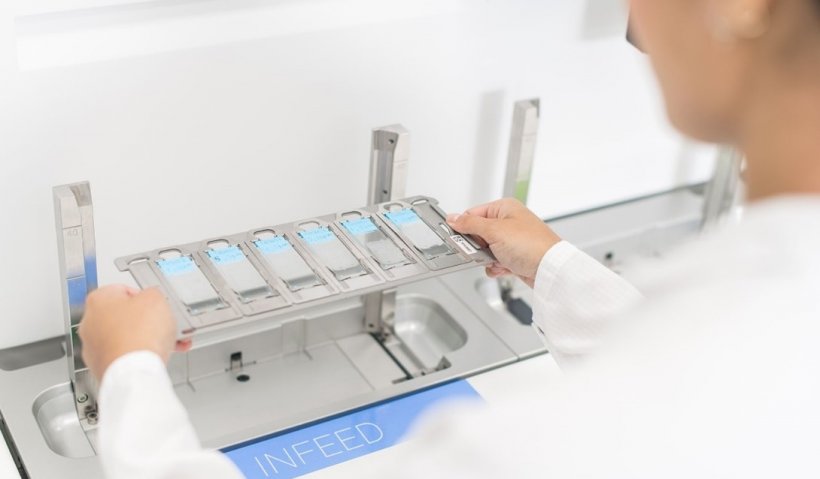
Image source: Xyall
Tissue dissection, even in large-scale commercial labs, remains a manual, labor-intensive process at risk of error and cross contamination. “The Xyall solution provides the missing link for customers,” explained Du Pree. “With new therapies coming to the market, and transformative technologies in PCR and next generation sequencing, precision medicine is being revolutionized - providing physicians and patients with the highest quality information about their health. However, tissue dissection to enable molecular profiling is still a labor intense, subjective process. Our pioneering technology transforms how this is done – delivering greater accuracy, consistency and overall improved quality control.”
Alongside the new large-scale, industrial system, Xyall is developing a smaller, table-top version for hospital-based molecular pathology laboratories. Based on the same technology, the company expects to have this second system commercially available in Q1 2022. Mr Du Pree added: “Worldwide shortages of experienced pathology staff are already putting labs under pressure. The Xyall solution will address this, helping customers to make more efficient use of existing, and increasingly scarce, staffing levels.” Current practice involves manually pen-marking Regions of Interest (ROIs) on Hematoxylin & Eosin (H&E) stained slides. Using visual assessment, lab technicians then translate these ROIs into dissection slides, manually scraping the tissue and placing it in small containers.
Source: Xyall BV
20.07.2021



